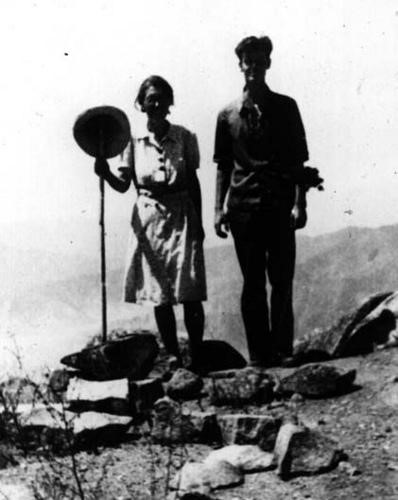Materials used to build the first tanks.
September 23, 2019
10 great reasons to visit Uganda
September 24, 2019We are blessed to still have many examples of a prehistoric past. Stonehenge, Avebury and Uffington White Horse here, Karnak in France, and Angkor Wat in Malaysia, Easter Island and finally the Nazca Lines in Peru. Each of these creations was created using rudimentary tools and sheer human determination. They certainly didn’t have access to the machinery and equipment that we do today. For example for shaping items we can use Tapping Machines, like the ones from Cotswold Machinery, that do all the work for us. In the past all of this work had been done by hand!
The Nazca Lines in Peru and particularly spectacular. Sculpted out of the pampas desert somewhere between 500 BC and 580, The lines are incredible. While they may not have the visual impact of the Henge or stone circles they still represent a remarkable achievement of human capabilities and endurance. We know, to some degree, how they were made. What, as usual, we don’t know is why and what for.
It was the Spanish explorer Pedro De Leon who first makes mention of the lines. Like many other conquistadors he was searching for evidence for the city of gold, El Dorado, acting on a local tip off. It was the Peruvian Air force that really made a clear note in 1927 flying sorties and the Peruvian archaeologist Xesspe by who particularly observed them from the surrounding foothills. It was the work of German archaeologist and mathematician Maria Reiche in the mid-1940s how further provided evidence after she convinced the Peruvian military to take her up and photo them from the air. This gave rise to the myth that the Lines can only be viewed from air or from space. This also fuelled the ideas advanced by Erich Von Daniken that there was a race of Super humans/aliens that were technologically advanced and helped human develop skills throughout the globe after the end of Atlantis. This is not true as the lines are visible from the surrounding mountains and foothills.
The lines are geometric shapes of figures. These are of a monkey, whale, condor, heron, dog, hummingbird, and a large bug eyed human (further fuelling the alien myth). There are also shapes such as trees. These are linked by a series of lines and conjunctions that allow villagers to walk between the desert. The top red oxide fine layer is removed to about 10 to 15 centimetres exposing the sand underneath. Some rudimentary tools have been uncovered near the site that indicate this was used to gouge out the shape. Some academics have advanced the theory that it is based on a loom system and this does match up with fabric designs found but it’s generally thought as unlikely. How, if not from the ground on the shapes made? One fanciful notion advanced was that they built and used hot air balloons and directed their construction from them. It was proved possible with the material available, but it is thought unlikely as what would be that point?
Paul Kosok and Reiche worked on theories as to why they were made. Kosok was the first to see patterns, noticing that there was the shape of a bird emerging as he flew over the pampas. By luck he also noticed the stars at winter solstice are aligned with the figures. He and Reiche theorised that it was a calendar in the same way that Stonehenge is thought to be. Other ideas suggest that they are ancient trails to water supplies and for ways to safety across the pampas. The site is now a world heritage site unprotected to preserve his ancient wonder of the world.






